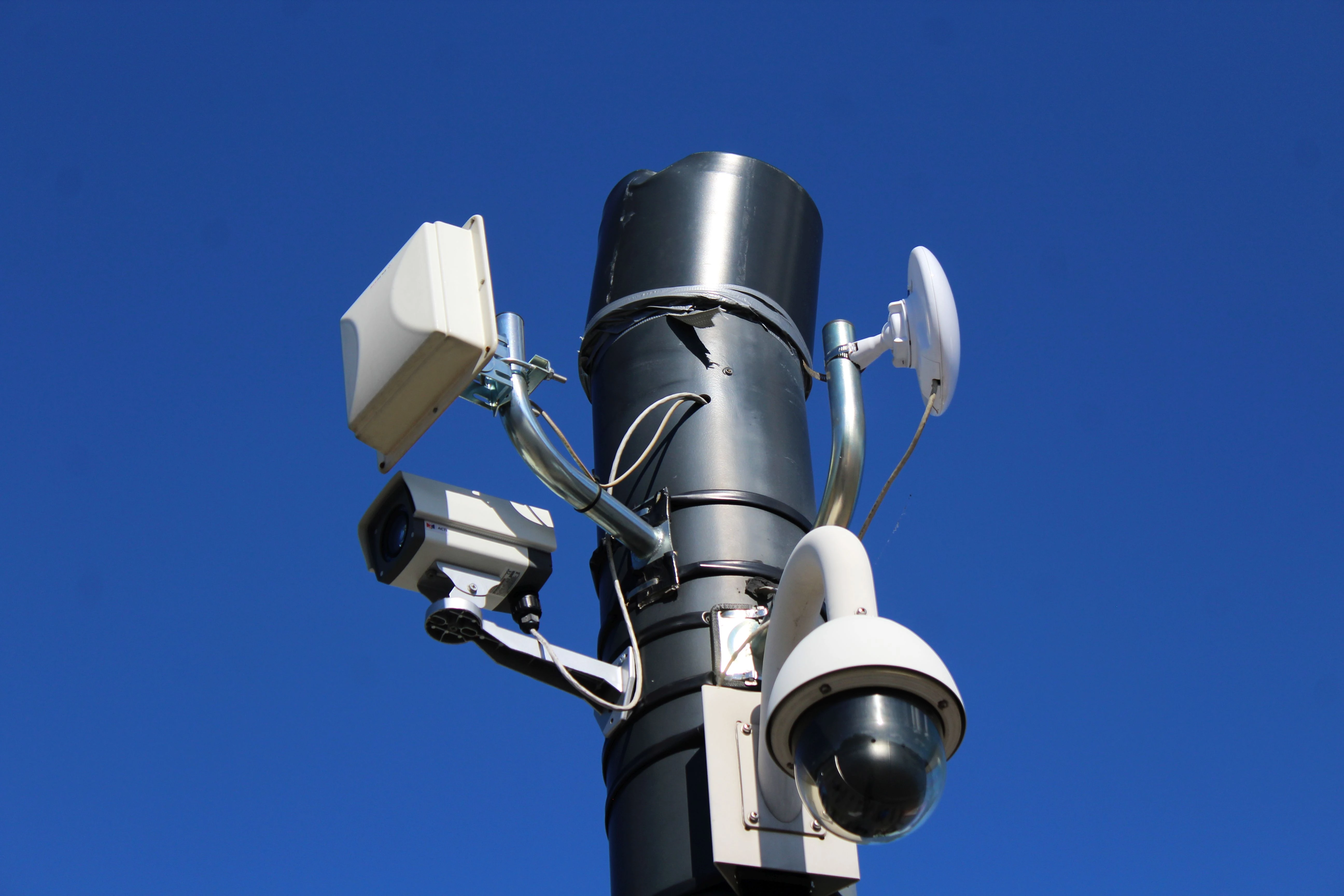Scientists are developing an artificial intelligence tool to count barn owl chicks by the sound of their calls to avoid disturbing their nests. The innovative technology aims to prevent young birds from being affected by the installation of video cameras used for monitoring.
PhD student Kavisha Jayathunge at Bournemouth University is leading the project alongside biologist-turned-electronics engineer Brian Cresswell. They are creating a computer model which can calculate the number of owls by distinguishing their individual calls.
AI technology identifies individual calls
Jayathunge said the AI technology would be able to identify distinctions in sounds made by each baby owl which would be indistinguishable to the human ear. It would pick out differences in frequency to indicate the number of birds, as well as each individual bird's identity.
"We're using AI to count baby barn owls by sound instead of disturbing them in their nests with video cameras," Jayathunge said. "This helps reduce stress on the birds and could give us data from natural nest sites, which are often inaccessible for monitoring, not just the artificial nest boxes where most of the data we currently have comes from."
Research reveals owl behaviour patterns
Cresswell, who has helped test the technology on nest boxes in north Dorset, said the basic data is important for monitoring breeding success of barn owls. This can vary greatly between years and breeding sites.
"The AI model is also a great research tool to study the behaviour of young owls and the purpose of their hissing, which is believed to be a means to negotiate who will get fed at the next food delivery by their parents," Cresswell said. The hissing analyses may also determine how hungry the owlets are, providing important data for monitoring breeding success.
Technology enables citizen science participation
The long-term aim is to develop the technology so volunteers and conservationists can capture the sounds of hissing owlets at their nests. Barn owl hissing is loud enough that audio recorders can be placed away from nests to comply with strict protocols protecting barn owls under Schedule One of the Wildlife and Countryside Act.
"It has great potential for citizen science as it doesn't require expensive and specialist equipment - anyone could gather recordings and send them for analysis," Jayathunge said. "By making barn owl nest monitoring more scalable and less invasive, we hope this project can contribute to better long-term outcomes for the species."
Jayathunge added that bringing AI and ecology together in such a positive way demonstrates how this technology can be used for good.
(PA) Note: This article has been edited with the help of Artificial Intelligence.









